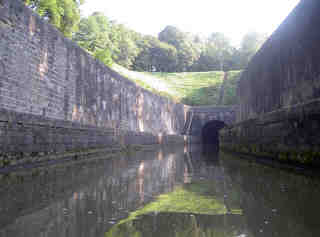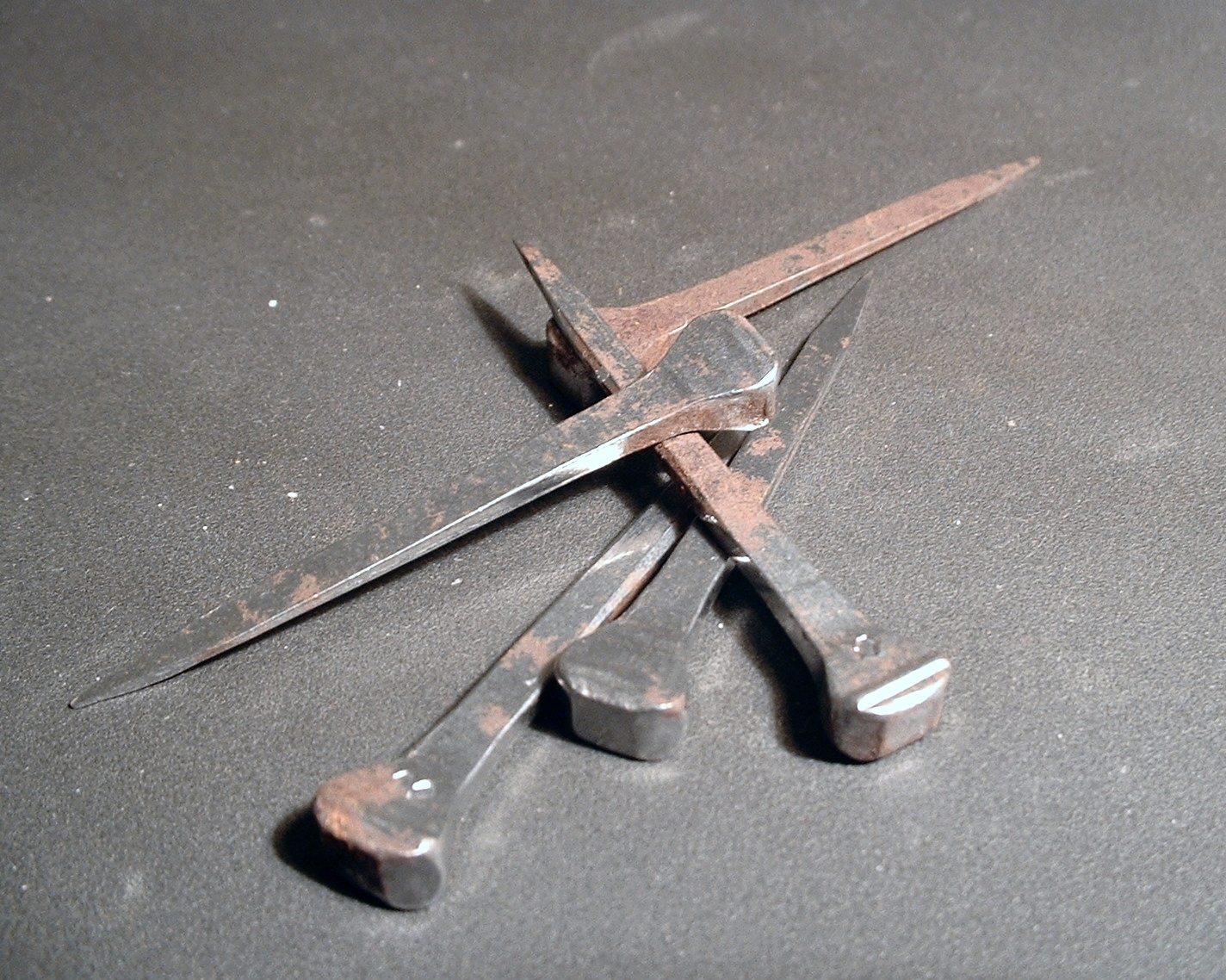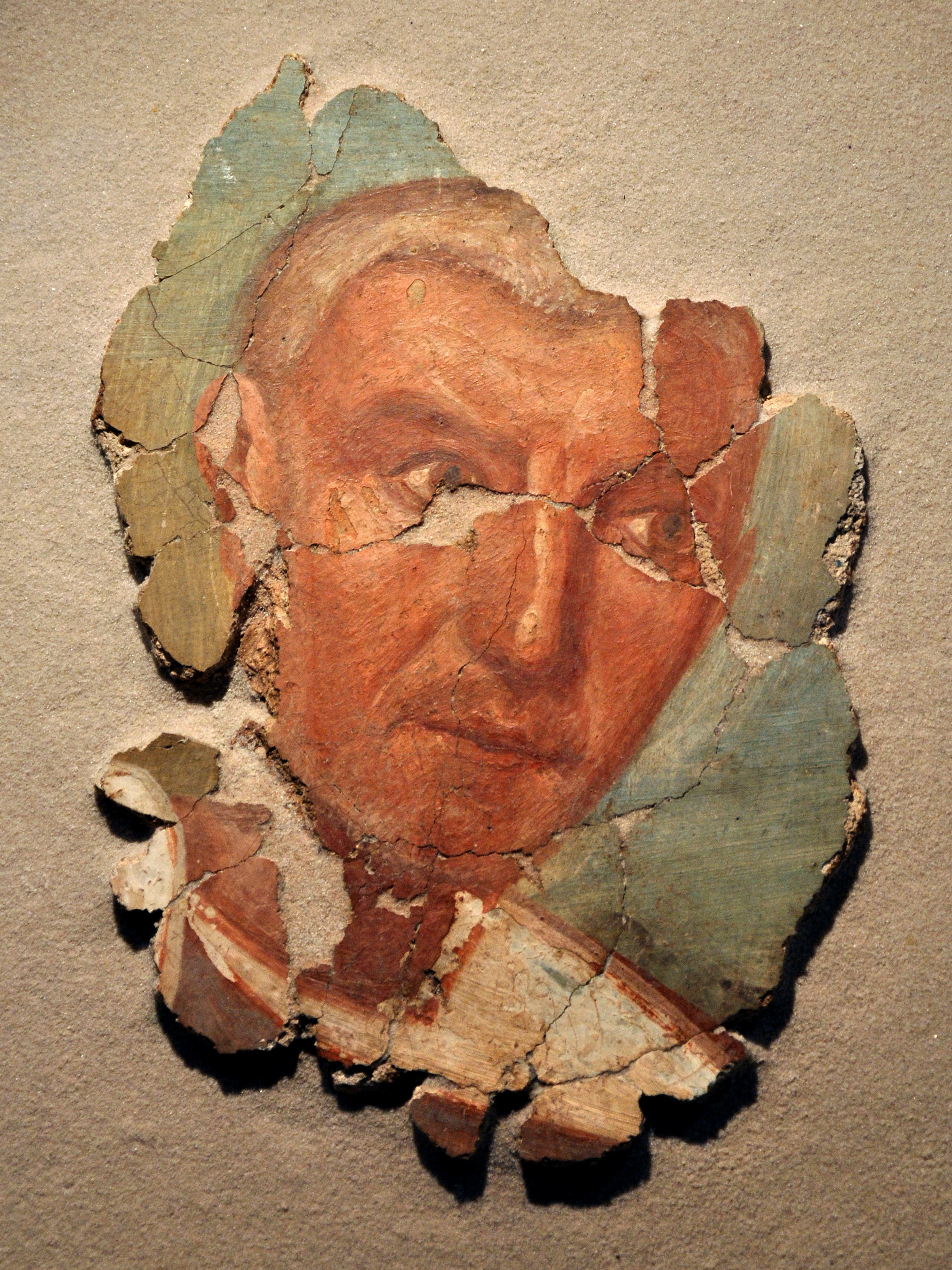|
Monthureux-sur-Saône
Monthureux-sur-Saône () or Monthureux-on-the-Saône is a Communes of France, commune near the Saône River in the Vosges (department), Vosges Departments of France, department in Grand Est in northeastern France. In French, its inhabitants are called . Name The French language, French name ("Monthureux-on-Saône River, Saône") distinguishes this town from Monthureux-le-Sec in France's Vosges Department. itself derives from Medieval Latin ("little monastery"), the etymon of many other French towns known as . Monthureux was also known as (along with , , and ) until the 17th century. The present name apparently derives from a clerical error in a 1628 transcription of the name as . History Antiquity The origins of the little town are uncertain. The area was settled before the Roman Republic, Roman Roman conquest of Gaul, conquest of Gaul, probably by the Lingons who had their capital at Langres and occupied the territory in this area all the way to modern Haute-Saône and the ... [...More Info...] [...Related Items...] OR: [Wikipedia] [Google] [Baidu] |
Arrondissement Of Neufchâteau, Vosges
The arrondissement of Neufchâteau is an Arrondissements of France, arrondissement of France in the Vosges (French department), Vosges Departments of France, department in the Grand Est Regions of France, region. It has 250 Communes of France, communes. Its population is 70,442 (2021), and its area is . Composition The communes of the arrondissement of Neufchâteau are: #Les Ableuvenettes (88001) #Ahéville (88002) #Aingeville (88003) #Ainvelle, Vosges, Ainvelle (88004) #Ambacourt (88006) #Ameuvelle (88007) #Aouze (88010) #Aroffe (88013) #Attignéville (88015) #Attigny, Vosges, Attigny (88016) #Aulnois, Vosges, Aulnois (88017) #Autigny-la-Tour (88019) #Autreville, Vosges, Autreville (88020) #Auzainvilliers (88022) #Avillers, Vosges, Avillers (88023) #Avrainville, Vosges, Avrainville (88024) #Avranville (88025) #Bainville-aux-Saules (88030) #Balléville (88031) #Barville, Vosges, Barville (88036) #Battexey (88038) #Baudricourt (88039) #Bazegney (88041) #Bazo ... [...More Info...] [...Related Items...] OR: [Wikipedia] [Google] [Baidu] |
Communes Of The Vosges Department
The following is a list of the 506 communes of the Vosges department of France. Intercommunalities The communes cooperate in the following intercommunalities (as of 2025):Périmètre des groupements en 2025 BANATIC. Accessed 28 May 2025. * Communauté d'agglomération d'Épinal * Communauté d'agglomération de Saint-Dié-des-Vosges (partly) * [...More Info...] [...Related Items...] OR: [Wikipedia] [Google] [Baidu] |
Saône River
The Saône ( , ; ; ) is a river in eastern France (modern region of Bourgogne-Franche-Comté). It is a right tributary of the Rhône, rising at Vioménil in the Vosges department and joining the Rhône in Lyon, at the southern end of the Presqu'île. Terminology The name derives from that of the Gallic river goddess Souconna, which has also been connected with a local Celtic tribe, the Sequanes. Monastic copyists progressively transformed ''Souconna'' to ''Saoconna'', which ultimately gave rise to . The other recorded ancient names for the river were and . The name ''Arar'' later gave rise to specific regional terms in historiography, created to designate various northern parts of historical Burgundy in relation to the river Saône. Depending on the point of view of a particular author, northern Burgundian lands were thus designated whether "on this side of Saône" () or "on the other side of Saône" (). Geography The Saône rises at Vioménil at the foot of the clif ... [...More Info...] [...Related Items...] OR: [Wikipedia] [Google] [Baidu] |
Monthureux-le-Sec
Monthureux-le-Sec () is a commune in the Vosges department in Grand Est in northeastern France. In French, its inhabitants are called . Name The French name ("Monthureux the Dry") distinguishes this town from Monthureux-sur-Saône on the Saône River. Both names derive from Medieval Latin ("little monastery"), as do numerous other locations known as Montreuil and Montreux. Geography The commune contains the meeting point of the three drainage basins of the rivers Rhône, Rhine and Meuse. Personalities Célestin Gérard, (1821 - 1885) manufacturer of agricultural machinery and inventor of a mobile Threshing machine and of other steam powered implements, was born at Monthureux-le-Sec. See also *Communes of the Vosges department The following is a list of the 506 communes of the Vosges department of France. Intercommunalities The communes cooperate in the following intercommunalities (as of 2025): [...More Info...] [...Related Items...] OR: [Wikipedia] [Google] [Baidu] |
Langres
Langres () is a commune in France, commune in northeastern France. It is a Subprefectures in France, subprefecture of the Departments of France, department of Haute-Marne, in the Regions of France, region of Grand Est. History As the capital of the Romanized Gauls, Gallic tribe known as the Lingones, it was called Andematunnum, then Lingones, and now Langres. A hilltop town, Langres was built on a limestone promontory of the same name. This stronghold was originally occupied by the Lingones. At a later date the Romans fortified the town, which they called Andemantunum, located at a strategic crossroads of twelve Roman roads. The first-century Triumphal Gate and the many artefacts exhibited in the museums are remnants of the town's Gallo-Roman history. After the period of invasions, the town prospered in the Middle Ages, due in part to the growing political influence of its bishops. The diocese covered Champagne (province), Champagne, the Duchy of Burgundy, and Franche-Comté, ... [...More Info...] [...Related Items...] OR: [Wikipedia] [Google] [Baidu] |
Bains-les-Bains
Bains-les-Bains () is a former commune in the Vosges department in Grand Est in eastern France. On 1 January 2017, it was merged into the new commune La Vôge-les-Bains. 5 December 2016 It was the administrative seat of the former Canton of Bains-les-Bains. Geography The river formed the commune's western border.Points of interest * Arboretum de Bains-les-Bains *[...More Info...] [...Related Items...] OR: [Wikipedia] [Google] [Baidu] |
Nail (fastener)
In woodworking and construction, a nail is a small object made of metal (or wood, called a tree nail or "trunnel") which is used as a fastener, as a peg to hang something, or sometimes as a decoration. Generally, nails have a sharp point on one end and a flattened head on the other, but headless nails are available. Nails are made in a great variety of forms for specialized purposes. The most common is a ''wire nail''. Other types of nails include ''pins'', ''Thumbtack, tacks'', ''wikt:brad, brads'', ''spikes'', and ''cleat (shoe), cleats.'' Nails are typically driven into the workpiece by a hammer or nail gun. A nail holds materials together by friction in the axial direction and Shear stress, shear strength laterally. The point of the nail is also sometimes bent over or ''clinched'' after driving to prevent pulling out. History The history of the nail is divided roughly into three distinct periods: * Hand-wrought (forged) nail (pre-history until 19th century) * Cut nail (ro ... [...More Info...] [...Related Items...] OR: [Wikipedia] [Google] [Baidu] |
Carolingian
The Carolingian dynasty ( ; known variously as the Carlovingians, Carolingus, Carolings, Karolinger or Karlings) was a Frankish noble family named after Charles Martel and his grandson Charlemagne, descendants of the Arnulfing and Pippinid clans of the 7th century AD. The dynasty consolidated its power in the 8th century, eventually making the offices of mayor of the palace and '' dux et princeps Francorum'' hereditary, and becoming the ''de facto'' rulers of the Franks as the real powers behind the Merovingian throne. In 751 the Merovingian dynasty which had ruled the Franks was overthrown with the consent of the Papacy and the aristocracy, and Pepin the Short, son of Martel, was crowned King of the Franks. The Carolingian dynasty reached its peak in 800 with the crowning of Charlemagne as the first Emperor of the Romans in the West in over three centuries. Nearly every monarch of France from Charlemagne's son Louis the Pious until the penultimate monarch of France Louis ... [...More Info...] [...Related Items...] OR: [Wikipedia] [Google] [Baidu] |
Burgundians
The Burgundians were an early Germanic peoples, Germanic tribe or group of tribes. They appeared east in the middle Rhine region in the third century AD, and were later moved west into the Roman Empire, in Roman Gaul, Gaul. In the first and second centuries AD, they or a people with the same name were mentioned by Roman writers living west of the Vistula river, in the region of Germania, which is now part of Poland. The Burgundians were first mentioned near the Rhine regions together with the Alamanni as early as the 11th panegyric to Emperor Maximian given in Trier in 291 AD, referring to events that must have happened between 248 and 291, and these two peoples apparently remained neighbours for centuries. By 411 AD, Burgundians had established control over Roman cities on the Rhine, between Franks and Alamanni, including Worms, Germany, Worms, Speyer and Strasbourg. In 436 AD, Flavius Aetius, Aëtius defeated the Burgundians on the Rhine with the help of Huns, Hunnish forces, ... [...More Info...] [...Related Items...] OR: [Wikipedia] [Google] [Baidu] |
Franks
file:Frankish arms.JPG, Aristocratic Frankish burial items from the Merovingian dynasty The Franks ( or ; ; ) were originally a group of Germanic peoples who lived near the Rhine river, Rhine-river military border of Germania Inferior, which was the most northerly province of the Roman Empire in continental Europe. These Frankish tribes lived for centuries under varying degrees of Roman hegemony and influence, but after the collapse of Roman institutions in western Europe they took control of a large empire including areas which had been ruled by Rome, and what it meant to be a Frank began to evolve. Once they were deeply established in Gaul, the Franks became a multilingual, Catholic Christian people, who subsequently came to rule over several other post-Roman kingdoms both inside and outside the old empire. In a broader sense much of the population of western Europe could eventually described as Franks in some contexts. The term "Frank" itself first appeared in the third cent ... [...More Info...] [...Related Items...] OR: [Wikipedia] [Google] [Baidu] |
Gallo-Roman
Gallo-Roman culture was a consequence of the Romanization (cultural), Romanization of Gauls under the rule of the Roman Empire in Roman Gaul. It was characterized by the Gaulish adoption or adaptation of Roman culture, Roman culture, language, morals and way of life in a uniquely Gaulish context. The well-studied meld of cultures in Gaul gives historians a model against which to compare and contrast parallel developments of Romanization in other less-studied Roman provinces. ''Interpretatio romana'' offered Roman names for Gaulish religion, Gaulish deities such as the smith-god Gobannus; however, of the Celtic deities, only the horse-patroness Epona penetrated Romanized cultures beyond the confines of Gaul. The Migration Period, barbarian invasions began in the late 3rd century and forced upon Gallo-Roman culture fundamental changes in politics, economic underpinning and military organization. The Visigothic Kingdom, Gothic settlement of 418 offered a double loyalty, as Weste ... [...More Info...] [...Related Items...] OR: [Wikipedia] [Google] [Baidu] |
Baccarat
Baccarat or baccara (; ) is a card game. It is now mainly played at casinos, but formerly popular at house-parties and private gaming rooms. The game's origins are a mixture of precursors from China, Japan, and Korea, which then gained popularity in Europe with a faster French rendition following, and today the most common version played derives from Cuba. It is a comparing card game played between two hands, the "player" and the "banker". Each baccarat coup (round of play) has three possible outcomes: "player" (player has the higher score), "banker", and "tie". There are three popular variants of the game: ''punto banco'', ''baccarat chemin de fer'',"Baccarat" in ''Chambers's Encyclopædia''. London: George Newnes Ltd, George Newnes, 1961, Vol. 2, pp. 32–33. and ''baccarat banque'' (or ''à deux tableaux''). In ''punto banco'', each player's moves are forced by the cards the player is dealt. In ''baccarat chemin de fer'' and ''baccarat banque'', by contrast, both players can ... [...More Info...] [...Related Items...] OR: [Wikipedia] [Google] [Baidu] |





